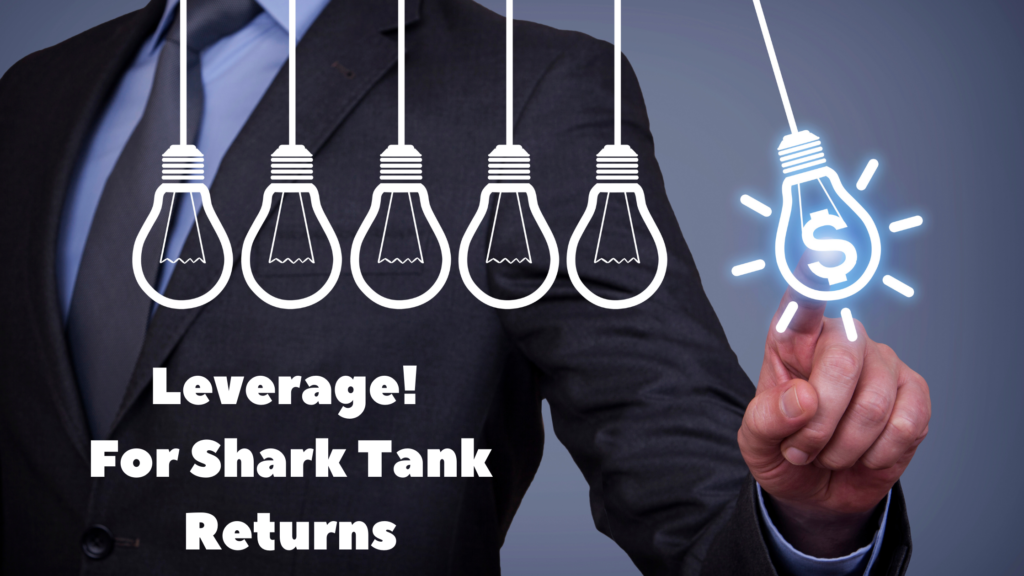“Give me a place to stand and a lever long enough, and I will move the world.” ~Archimedes
Did you realize, people are acquiring no money down properties every day? Do you know anyone else who acquired properties this way? Many world-famous international investors and mutual fund companies accumulate funds and develop properties with those funds.
Real estate investors may choose to use their funds to acquire properties that are limiting. How many properties can you purchase until you no longer have money for down payments? How many mortgages will the bank allow you to obtain until you are “capped out.” Sadly, too many investors capped out and stopped investing because the bank will not approve their mortgages anymore. With some creative financing, those investors could continue and grow their portfolios.
There are far too many “self-taught” real estate investors trying to learn for free or by trial and error who are experiencing limited and questionable success. Too often, these investors perhaps acquire a few properties with poor cash flow, too much work on their plates while working a full-time job, and without a plan or help fix their problems. This may sound harsh, but it happens all too often.
Real estate investing should add value and positivity to the investors’ life. The goal is to have good properties, good cash flow, good management, more time, and less stress. If real estate is not allowing you that, perhaps it is time to improve your financial education and investing strategies. Utilizing creative financing is a crucial component in that.
Leverage is a word that is synonymous with creative financing. Leverage with creative financing means doing more with less, and there can be very few limitations with leverage. Let’s look at some scenarios and how leverage can improve your returns and make you a better investor. Consider in each example where the leverage is occurring.
Example 1: Newbie investor:
An investor has a house valued at $100,000, and it is owned free and clear, so there is no mortgage. The home rents for $1000, and after expenses, the owner is cash flow positive $800 per month.
$800 x 12 = $9600 cash flow at year-end
$9600 / $100,000 = 9.6% ROI
Where is the leverage?
The investor is providing 100% of the leverage.
Example 2: Better than average Investor:
An investor took $100,000 and purchased five houses with a 20% down payment ($20,000 each house), and each house has a mortgage. The investor provided 20% with their own money as the down payment to purchase, and the lender provided 80%.
The homes rent for $1000 each and now there are increased expenses with 5 mortgage payments. After expenses the new cash flow each month is $400 X 5 houses = $2000 per month.
$2000 per month
$2000 x 12 = $24,000 cash flow at year end
$24,000 / $100,000 = 24% ROI
Where is the leverage?
Taking $100,000 and utilizing it for five down payments.
Obtaining mortgages on five properties.
Reducing the investor’s risk to only $20,000 per property.
Increasing the lender’s risk to $80,000 per property.
Example 3: Educated Investor
An educated investor takes $100,000 and purchases 20 houses with a 5% down payment ($5,000 each house), obtains 15% ($15,000) from a joint venture partner on each house, and has a mortgage. The investor and joint venture partner provided the 20% purchase down payment, and the lender provided 80%.
The homes rent for $1000 each, there are increased expenses with joint venture partner and 20 mortgage payments. After expenses the new cash flow each month is $275 X 20 houses = $5500 per month
$5500 per month
$5500 x 12 = $66,000 cash flow at year end
$66,000 / $100,000 = 66% ROI
Where is the leverage?
Taking $100,000 and utilizing that for 20 down payments.
Obtaining mortgages on 20 properties.
Introducing joint venture partners on 20 properties.
Reducing the investor’s risk to only $5,000 per property.
Increasing the lender’s risk to $80,000 per property.
Example 4: The Infinite Returns Investor
The joint venture partner to provide 100% of all down payments and costs associated with a purchase. Joint venture partners can be paid either an annual percentage of their investment or split each month’s cash flow.
The joint venture partner is likely happy earning 10% – 20% annually on their money and passive investment.
The investor is happy earning an infinite return on their investment. The investor has zero money invested, zero capital at risk, and enjoys infinite returns.
This is the ultimate use of leverage and your goal to work towards!
Which investor do you wish to become? The infinite returns investor is achievable and can be done in a surprisingly short time frame.
Whether you think you can or you think you cannot, either way, you are correct.


